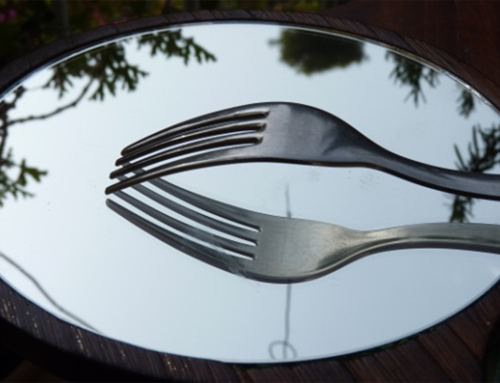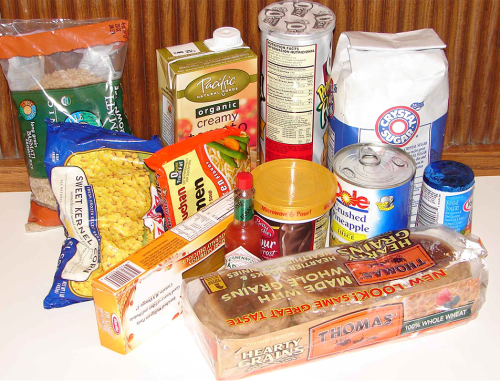Our digestive system is uniquely designed to turn the food we eat into nutrients, which the body uses for energy, growth and cell repair.
Mouth
Chewing breaks the food into pieces that are more easily digested, while saliva mixes with food to begin the process of breaking it down into a form that our body can absorb and use.

Stomach
The stomach is a sac-like organ with strong muscular walls. In addition to holding the food, it’s also a mixer and grinder. The stomach secretes acid and powerful enzymes that continue the process of breaking down the food.

Small Intestine
The small intestine continues the process of breaking down food by using enzymes released by the pancreas and bile from the liver. Bile is a compound that aids in the digestion of fat and eliminates waste products from the blood. Peristalsis (contractions) is also work in this organ, moving food through and mixing it up with digestive secretions. The duodenum is largely responsible for continuing the process of breaking down food, with the jejunum and ileum being mainly responsible for the absorption of nutrients into the bloodstream.
Colon (Large Intestine)
Stool, or waste left over from the digestive process, is passed through the colon by means of peristalsis (contractions), first in a liquid state and ultimately in solid form as the water is removed from the stool. The stool itself is mostly food debris and bacteria. These bacteria perform several useful functions, such as synthesizing various vitamins, processing waste products and food particles, and protecting against harmful bacteria.







